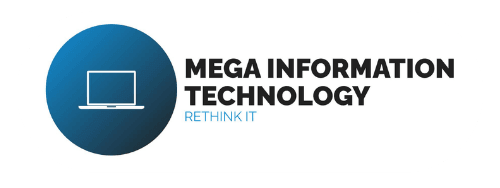Understanding the NIST Cybersecurity Framework: A Guide for Connecticut Businesses
In today's digital age, cybersecurity is a critical concern for businesses of all sizes. For companies in Connecticut, understanding and implementing effective cybersecurity measures is essential to safeguarding sensitive data and maintaining customer trust. One of the most comprehensive tools available is the NIST Cybersecurity Framework, which provides a structured approach to managing and reducing cybersecurity risk.

What is the NIST Cybersecurity Framework?
The National Institute of Standards and Technology (NIST) developed the Cybersecurity Framework to help organizations better understand, manage, and reduce cybersecurity risks. The framework is a set of industry standards and best practices designed to provide a flexible, cost-effective approach to promoting the protection and resilience of critical infrastructure.
While initially aimed at critical infrastructure sectors, the framework is versatile and can be applied across various industries, making it a valuable resource for businesses in Connecticut. By aligning with the NIST framework, companies can enhance their cybersecurity posture and ensure compliance with both national and industry-specific regulations.
Core Components of the Framework
The NIST Cybersecurity Framework consists of three main components: the Core, Implementation Tiers, and Profiles. These elements work together to provide a comprehensive understanding of an organization's cybersecurity risk management approach:
- Core: The Core outlines a set of cybersecurity activities and outcomes. It is organized into five key functions: Identify, Protect, Detect, Respond, and Recover. These functions provide a high-level strategic view of an organization's management of cybersecurity risk.
- Implementation Tiers: These tiers provide context on how an organization views cybersecurity risk and the processes in place to manage that risk. The tiers range from Partial (Tier 1) to Adaptive (Tier 4), reflecting the maturity of an organization's cybersecurity practices.
- Profiles: A Profile represents the alignment of an organization's business requirements, risk tolerance, and resources with the desired outcomes of the Framework Core.

Benefits for Connecticut Businesses
Implementing the NIST Cybersecurity Framework offers several benefits for businesses in Connecticut. Firstly, it provides a common language for internal communication about cybersecurity risks and strategies. This helps ensure that everyone in the organization, from top executives to IT staff, is on the same page.
Furthermore, adopting the framework enhances an organization's ability to respond to and recover from cyber incidents. With a structured approach to incident response, businesses can minimize downtime and financial losses associated with cyber attacks. This proactive stance not only protects data but also helps maintain customer trust.
Steps to Implementing the Framework
To effectively implement the NIST Cybersecurity Framework, Connecticut businesses should follow these steps:
- Assess Current Practices: Begin by evaluating existing cybersecurity measures against the framework's guidelines to identify gaps and areas for improvement.
- Develop a Plan: Create a detailed action plan that outlines how your business will align its cybersecurity practices with the framework.
- Implement Changes: Execute the plan, ensuring that all stakeholders are involved in the process and understand their roles.
- Monitor and Improve: Regularly review and update your cybersecurity practices to adapt to new threats and maintain alignment with the framework.

Conclusion
The NIST Cybersecurity Framework serves as a vital tool for Connecticut businesses seeking to enhance their cybersecurity measures. By providing a structured approach to managing cybersecurity risks, the framework helps organizations protect their assets, ensure compliance with regulations, and build trust with customers and partners. As cyber threats continue to evolve, adopting such frameworks becomes increasingly important for maintaining a secure business environment.
